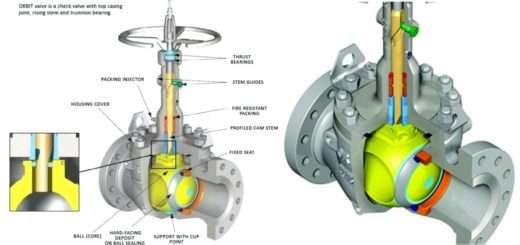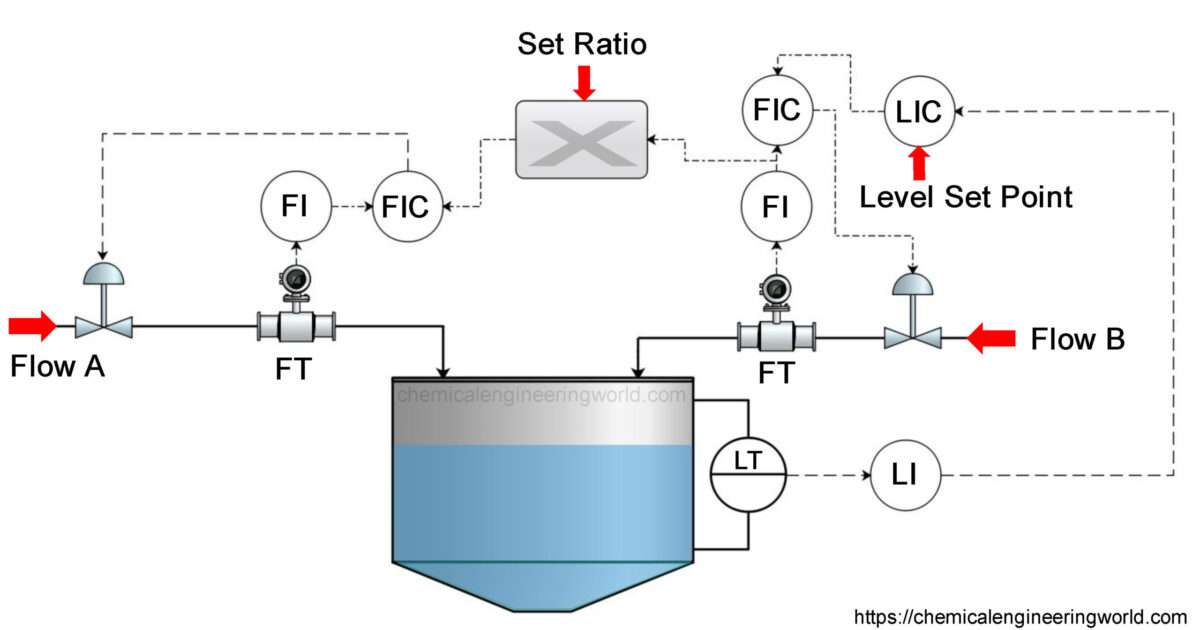Curium Element Properties and Information

Curium Element Properties and Information
Curium is 96th element on the periodic table. Elements are arranged in the periodic table on the basis of the atomic number. Atomic number is the number of protons in the nucleus of the atom. Curium has an atomic number of 96. It is located in the Group ‘Actinides’ and Period 7 of the periodic table of elements. Its name honors Pierre and Marie Curie.
Glenn Seaborg, Ralph James, and Albert Ghiorso made Curium for the first time in a cyclotron in 1944 by bombarding a newly discovered element, plutonium, by alpha particles. The half-life of the longest lived curium isotope is much shorter than the age of the earth; thus, all primordial curium have decayed by now. Curium occurs in trace amounts in variety of uranium minerals.
Physical Properties
- Curium is a hard & dense actinide metal which is silvery-white in appearance.
- The atomic mass of curium is (247).
- The melting point of curium is 1340°C.
- The boiling point of curium is unknown as of yet.
- The density of curium is 13510 in S.I. units at 20°C.
- Curium’s physical properties are similar to that of Gadolinium.
- Curium displays a hexagonal symmetric structure.
- Curium shows deviation from Curie-Wiess paramagnetism, unlike its neighbouring elements.
Nearly 19 radioisotopes of curium have been characterised so far.
Chemical Properties
- Curium’s chemical properties are similar to that of Gadolinium.
- Curium solution compounds assume an oxidation state of +3: it is the most stable state for curium.
- Curium ions are hard Lewis acids, thus form compounds with hard bases.
- The chemical behaviour of curium is different from the actinides but similar to the lanthanides.
- Curium is observed to form oxides, halides, pnictinides, chalcogenides, and organocurium compounds.
Methods of Production
Nucleosynthesis: Uranium-238 is made to capture a neutron and form uranium-239; this undergoes beta decay to form neptunium-239 which further undergoes beta decay to form plutonium-239. The plutonium-239 is made to capture 2 neutrons to form plutonium-241; this undergoes beta decay to form americium-241. The americium-241 is made to capture a neutron to form americium-242; finally, this undergoes beta decay to form curium-242.
Relevance in Chemical & Related Industries
Curium has no relevant large-scale use in chemical industries.
- Source: Curium-244 is used as an alpha particle source in X-ray spectrometers.
Generators: Curium is used in power generation in radioisotope thermoelectric generators.
Health Effects on Exposure
Inhalation or Ingestion: Curium is not much of a hazard if one is exposed to it externally. The alpha particle radiation is not able to penetrate even the skin tissue. Entry of curium in body makes it accumulate within the bones; this exposure over a large period of time leads to bone tumours and skeletal cancer.
Effects on Surroundings
Accumulation: If the curium is released in the environment, it has tendancy to strongly bind to the soil particles. It is observed to bind with interstitial soil; more strongly with sandy soil; and, even more strongly with loam soil.
References:
https://en.wikipedia.org/wiki/Curium
































